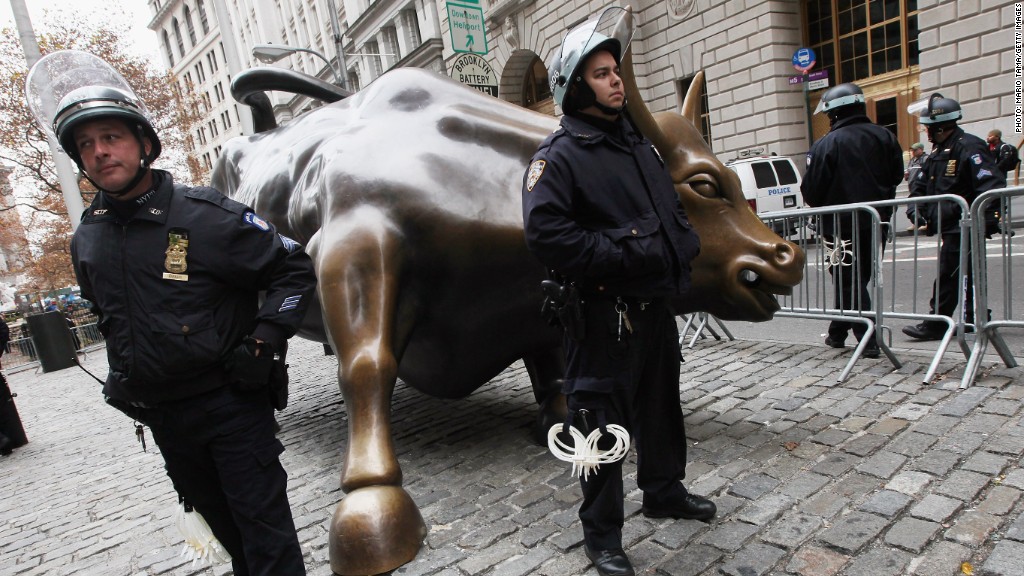
How can investors seek shelter from the stormy market?
There's no easy answer.
While there are a number of financial strategies designed to kick butt when the broader market tanks, they quickly become counterproductive to your portfolio once stocks rebound.
Related: This is not another financial crisis
Still, in a week of gut wrenching swings in the market, some investors will sleep better at night knowing that they have at least some protection.
Here's a primer on the "hedging products" available to ordinary investors:
Inverse Exchange Traded Funds: Whatever direction the market is running, so-called "inverse ETFs" bolt in the opposite direction. Often times, these ETFs move faster than the market itself. The ProShares UltraShort S&P500 (SDS) ETF, for example, seeks returns that correspondent with two times the inverse of of the S&P 500. In other words, if the market drops 1%, it's supposed to gain 2%.
It delivered on that goal recently. While the S&P 500 is down 5.5% this month, the ETF has soared 11%. The ProShares UltraPro Short S&P500 (SPXU), its more risky cousin built to move three times the opposite direction of the market, has jumped 17%.
As enticing as those returns sound, it's important to remember that they got hammered during stocks big run earlier in the year. In fact, they're still down roughly 20% and 30%, respectively, in 2014.
Related: What the heck should the Fed do now?
"It's a high risk strategy," said Jack Rivkin, Chief Investment Officer at Altegris Advisors, an alternative investment firm based out of La Jolla, California. "It's nice to have during a sharp down move, but you have to get out quick because during the bounce back you're going to give it all back."
Liquid alternatives mutual funds: Rivkin instead likes liquid alternative mutual funds, which act like traditional mutual funds except for the fact that they can bet on or against certain stocks or bonds. They also use leverage, or borrowed money, to amplify returns.
Such investments have exploded in popularity during the financial crisis as investors seek a sort of insurance policy against the ups and downs of the market.
"When you're getting into volatility, this is what its all about," said Rivkin.
But a lot of these funds have performed poorly in recent years in the roaring bull market. And it's still too early to tell if they will deliver good performance as the market goes south.

Plus the fees don't come cheap. The average expense ratio for a liquid alternative fund is about 1.8%, but some go as high as 2.5%, according to Josh Charlson, director of alternatives strategy for Morningstar. That's compared to 1.31% for the average stock-focused mutual fund and 0.97% for the average bond fund.
But Rivkin insists the costs are worth it. "You have an operation that needs to be done, are you going to look for the cheapest doctor." he said.
Bottom line: there are plenty of products out there claiming to protect investors from a market crash, but buyers need to be extremely careful. By the time you actually invest, the market may just be on its way back up.


